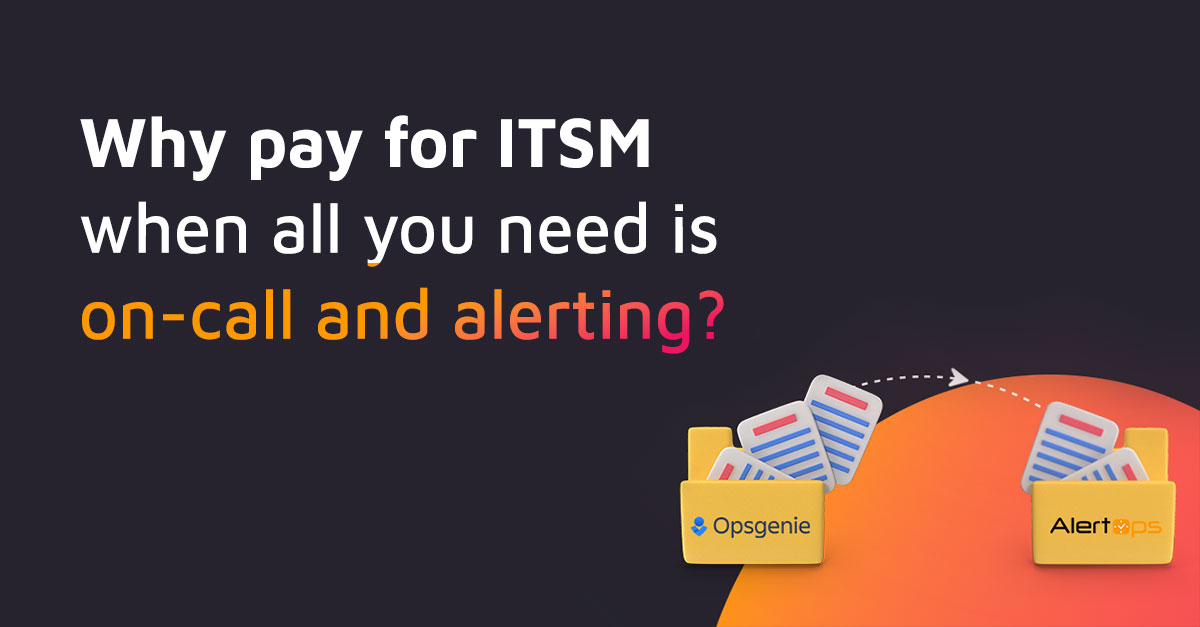What is Continuous Deployment ?
In a continuous deployment method, each code commit that passes the automated testing stage is instantly deployed into the production environment, resulting in changes that are at once noticeable to users of the software.
Human defence against untested code in live software is eliminated by continuous deployment. It should only be put into use when the IT and development teams strictly follow production-ready development methods, conduct extensive testing, and employ sophisticated real-time monitoring in production to find any problems with new releases.
Some of the most important instruments used in a continuous deployment procedure are listed below:
Code review is the process of employing tools to test the current source code, which is as easy to understand as it sounds. By finding flaws and coding mistakes, code reviews serve to improve the integrity of software by helping developers in fixing these problems prior to releasing updates.
Version control supports continuous integration by keeping track of asset revisions for a specific project. Version control sometimes referred to as “revision” or “source” control, facilitates team collaboration regardless of where and when individuals work by increasing the visibility of a project’s updates and changes.
Continuous integration (CI): A crucial feature of continuous deployment, helps to reduce development bottlenecks. There are several open-source and private CI systems available, each addressing the complexity of corporate software deployments.
Configuration management: Ensuring that all hardware and software keep a consistent state needs a plan and discipline. All servers, storage, networking, and software must be properly configured and automated.
Release automation: When automating all the processes needed to support continuous deployment, application release automation is crucial. To make sure developers complete all essential procedures before sending the latest changes to production, orchestration technologies link processes together. To make sure that all project environments are correctly provisioned and capable of operating at their peak performance, these tools closely collaborate with configuration management procedures.
Infrastructure monitoring: It’s crucial to be able to see the data stored in your testing environments when using a continuous deployment methodology. To decide if changes you make have a beneficial or harmful impact, you may examine application performance with the use of infrastructure monitoring tools.
What are the benefits of Continuous Deployment?
- As there is no need to interrupt production for releases, you may develop quicker. For each modification, deployment pipelines are automatically activated.
- As you roll out tiny batches of changes, releases are less dangerous and simpler to rectify in the event of an issue.
- Instead of every quarter, or year, customers notice a steady stream of advancements, and quality rises every day.
To Sign Up with AlertOps click here or to request for a demo click here.



